A modern gaming laptop that uses an Intel processor and NVIDIA RTX graphics card is ideal for both playing games and live streaming on platforms like Twitch and YouTube. This guide will walk you through the specifications if you're buying a streaming laptop, and optimisation settings for better streaming performance.
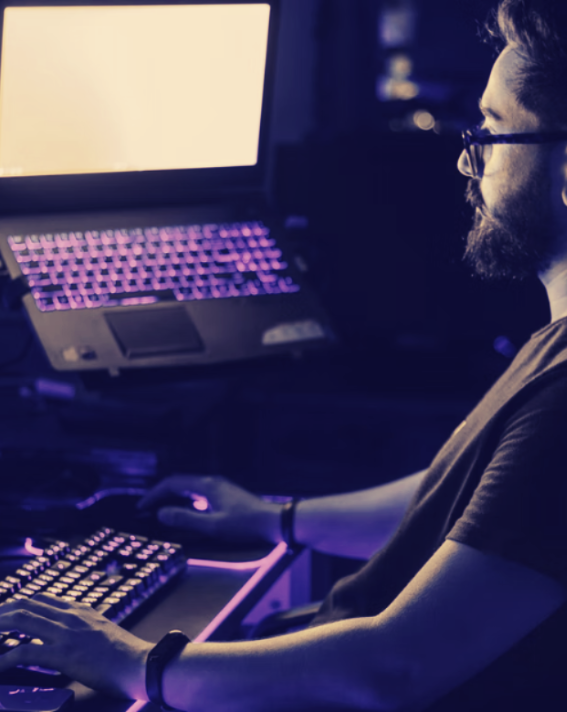
Yes, you can use a gaming laptop for streaming, but with some caveats.
Not all gaming laptops can stream effectively.
You need to select a laptop with powerful hardware to play your desired games, with a specification that can also handle video encoding (streaming). Laptops are much more compact devices than desktop gaming PCs, so this is a balancing act that only certain gaming laptops can manage over the long term, performing reliably and without causing you any problems.
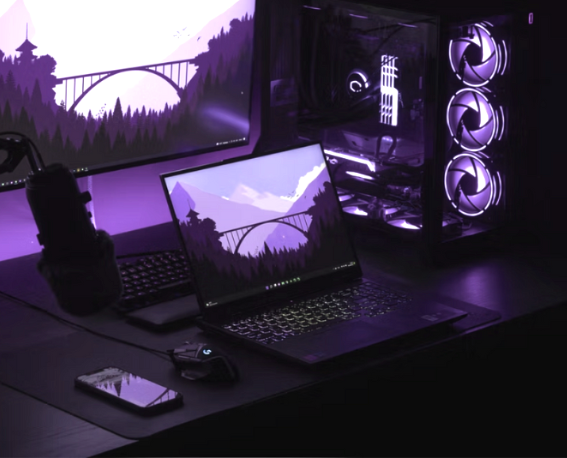
Gaming and streaming are two very different tasks for a laptop, and although there is certainly some crossover between the two tasks, this puts pressure on different components. For example, gaming at higher resolutions and framerates requires an excellent graphics card. Streaming requires a quality encoding architecture, and requires around two CPU cores, which means you need a high-end processor.
NVIDIA’s GeForce RTX mobile GPUs are recommended for optimal gaming performance. RTX 3000-series and upcoming 4000-series dominate the benchmarks for mobile graphics, offering the highest resolutions and framerates.
Another benefit of using the latest-generation NVIDIA GPUs is GPU-NVENC (or just NVENC) accelerated video recording. NVENC ensures the load is reduced on the CPU whilst making sure GPU performance is not impaired when you’re gaming and streaming.
NVIDIA GeForce RTX mobile GPUs also offer: -
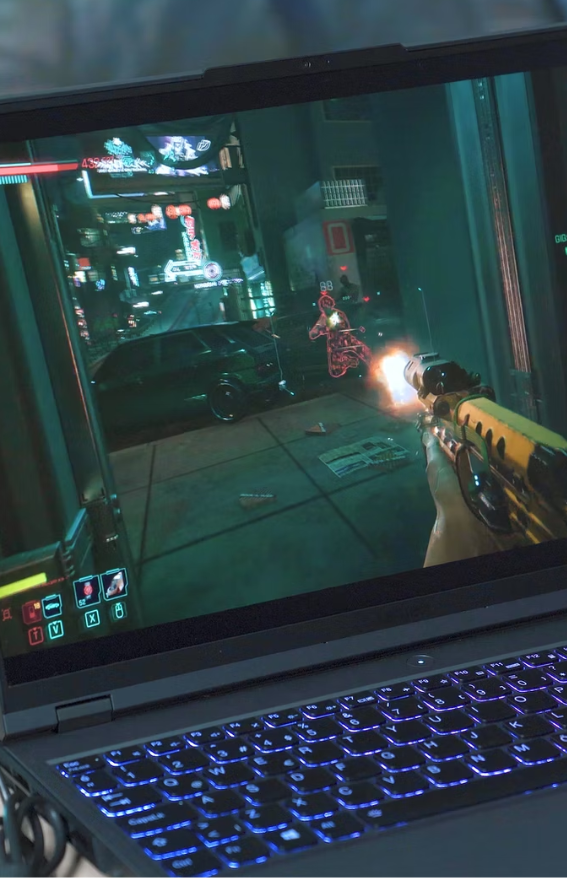
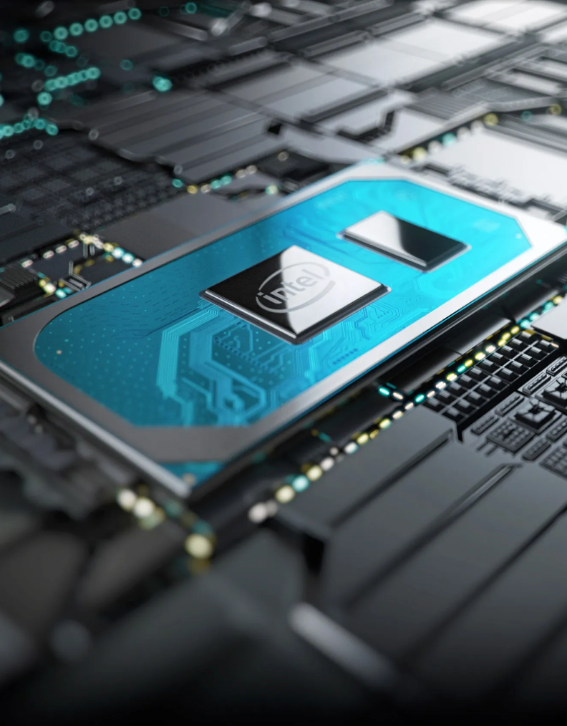
Both AMD and Intel offer excellent multi-core processors that can handle the workload of streaming, allowing you to run multiple applications at the same time.
As streaming requires around two cores for streaming, and games are optimised for four cores, you should look for a gaming laptop with a minimum of 8 cores. If your budget does not allow for this, then a newer generation 6 core processor will suffice, but you may have to tweak some settings to get the best long term performance if you are multitasking other applications while streaming.
A CPU with a high core count, when paired with a quality graphics card, also offers you some headroom in video editing applications, which you may need to use for creating VOD (video on demand) content for Twitch or YouTube.
Note: Whichever processor brand you choose, it is essential to pair with an NVIDIA RTX graphics card, as we've covered, because NVENC will ensure there is no undue strain on the processor at any time.
The settings you use while streaming can have a huge effect on the performance of your laptop and the quality of your stream. Offline gaming means your PC is only focusing on the task of delivering the best visuals, but when you are streaming, there are many more tasks that need to be handled concurrently.
Ray Tracing and anisotropic filtering can have a massive impact on streaming performance, so consider disabling these sorts of features if you’re near the limit of what your system can handle.
DLSS can deliver visual quality boosts without being detrimental to performance, and is preferred over more GPU-intensive settings like Ray Tracing. Most streamers play at full HD (1920x1080 resolution, or 1080p), offering the best quality/stream performance across the board, so any settings should be tailored to this resolution.
Laptop streamers often favour 720p (1280x720), as this offers a little wiggle room in framerate, but also ensures every viewer can see a clear stream, and there is less strain on the hardware.
Modern streaming rarely exceeds 30 FPS and 60 FPS, and anything higher than this can have an adverse effect on what your viewer actually sees on their screen. Streams running at 60 FPS are smooth, however to achieve this framerate your GPU and/or CPU will have to work harder, so although 30 FPS is not as smooth, it will put much less load on your system.
Whilst you might feel like you need to stream at 60 FPS to offer your viewers an enjoyable experience, the reality can be quite the opposite.
With the above taken into consideration,
Base Canvas Resolution - Start with 1280 x 720 and test over an extended streaming session. If you find everything runs smooth in 720p and you receive no complaints from viewers, you can choose to adjust up to 1080p and test again over an extended stream session.
Output Scaled Resolution - Initially set at 1280 x 720 and scale to 1080p as above.
Downscale Filter - Choose Bilinear if your base and output resolutions are the same. If you are scaling from 1080p to a 720p output set to Bicubic.
FPS Type - Leave this at Common FPS Values and 30. You can increase, depending on your tests at 720p and 1080p.
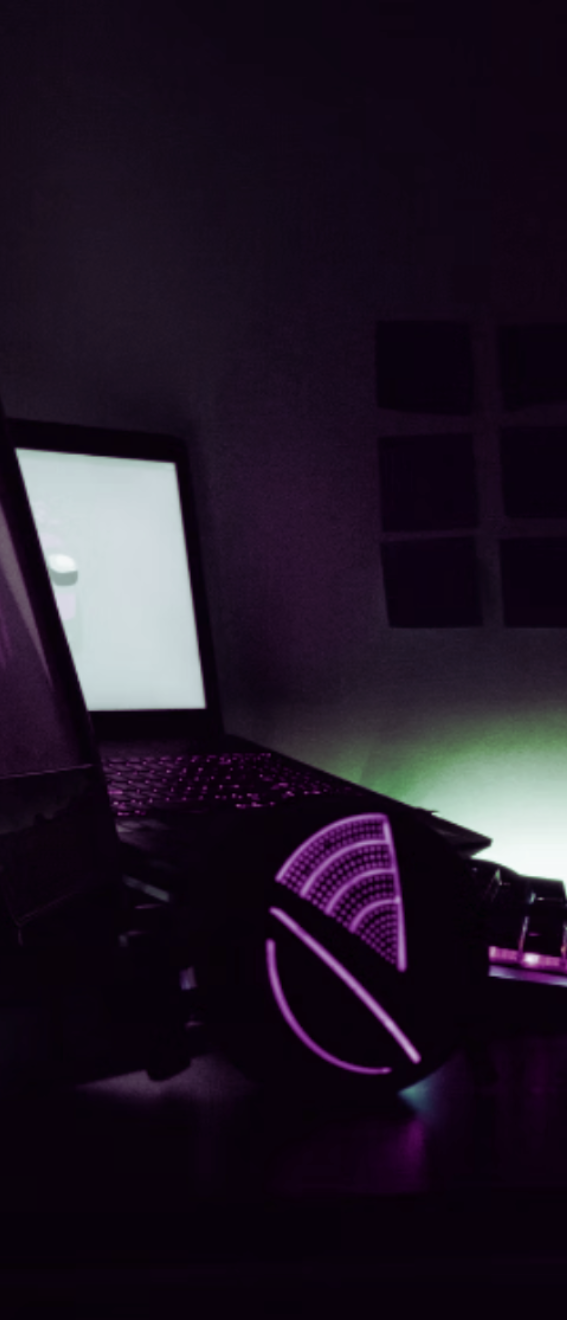
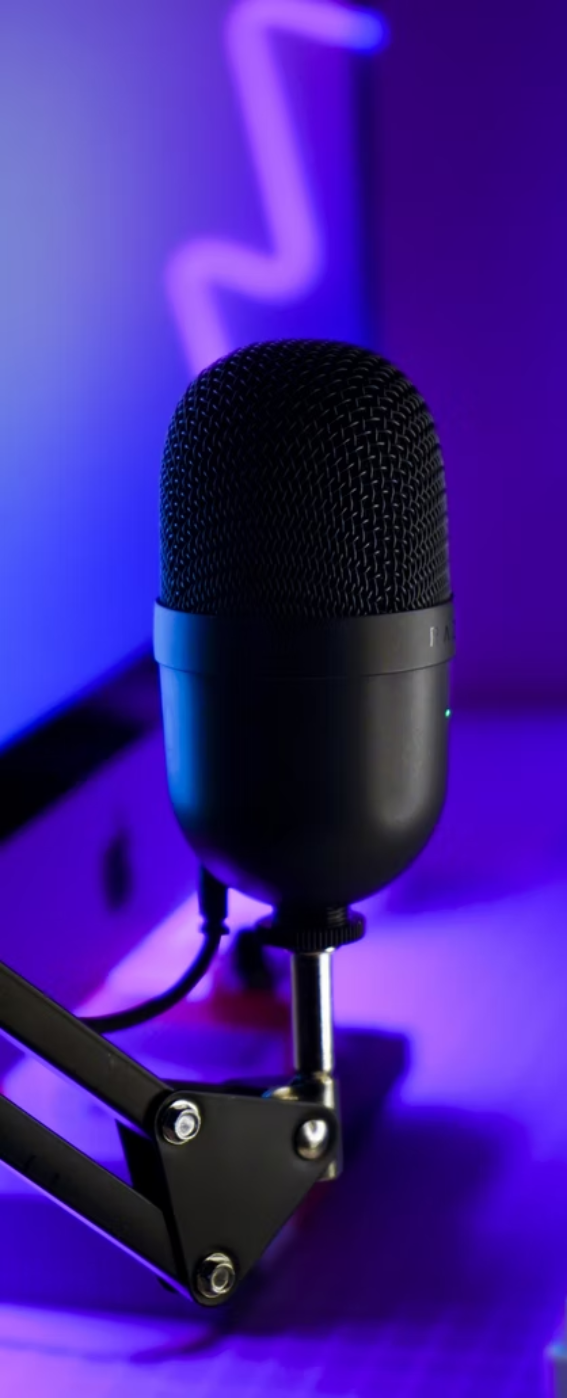
Once you have been streaming for a while, you might want to increase the quality and production value for your viewers. You may also want to benefit from a more professional setup yourself, being able to easily switch between your chats and other applications.
A monitor will enable you to switch quickly to your communications applications like Discord or Twitch chat, as well as having access to a screen that your viewers cannot see. This is ideal for searching the internet, looking at your emails or any number of things you need to do while streaming.
An external webcam is essential for improving the quality of your stream. There are several options available, but there are two brands that new and veteran streamers prefer: Streamplify and Logitech. Look for HD (1080p) webcams, as 4K will only work well in pre-recorded footage. Remember, when you stream your live camera footage, you will also need to put an overlay on your stream using OBS or similar.
A high quality microphone is also an essential for improving the quality for your viewers. There is a vast array available, but if you want an easy to install and high quality mic, you can choose a basic USB version. For more professional audio quality, choose an XLR microphone - though this may need extra kit to connect to your laptop.
A 16" - 18" LED ring light makes a great deal of difference in streams. With proper lighting, your face cam will be clearer and look much more professional.
Optional, but ideal if you want to appear as a professional streamer, also giving you access to effects and cool visuals during your streams!
For streaming, an Ethernet connection is always recommended, and if you are experiencing any lag or drop in streaming performance even though you have a high-end laptop, it could well be your internet connection.
First, check you have the latest drivers for your Ethernet adaptor by searching your laptop manufacturer's website. Next, check your internet connection. You can use free services such as Ookla to check your broadband speed. You need a minimum of 3 to 6 megabits per second (Mbps) upload speed for adequate streaming on Twitch.
Yes. We offer various finance options, with flexible payments depending on the price of the laptop.